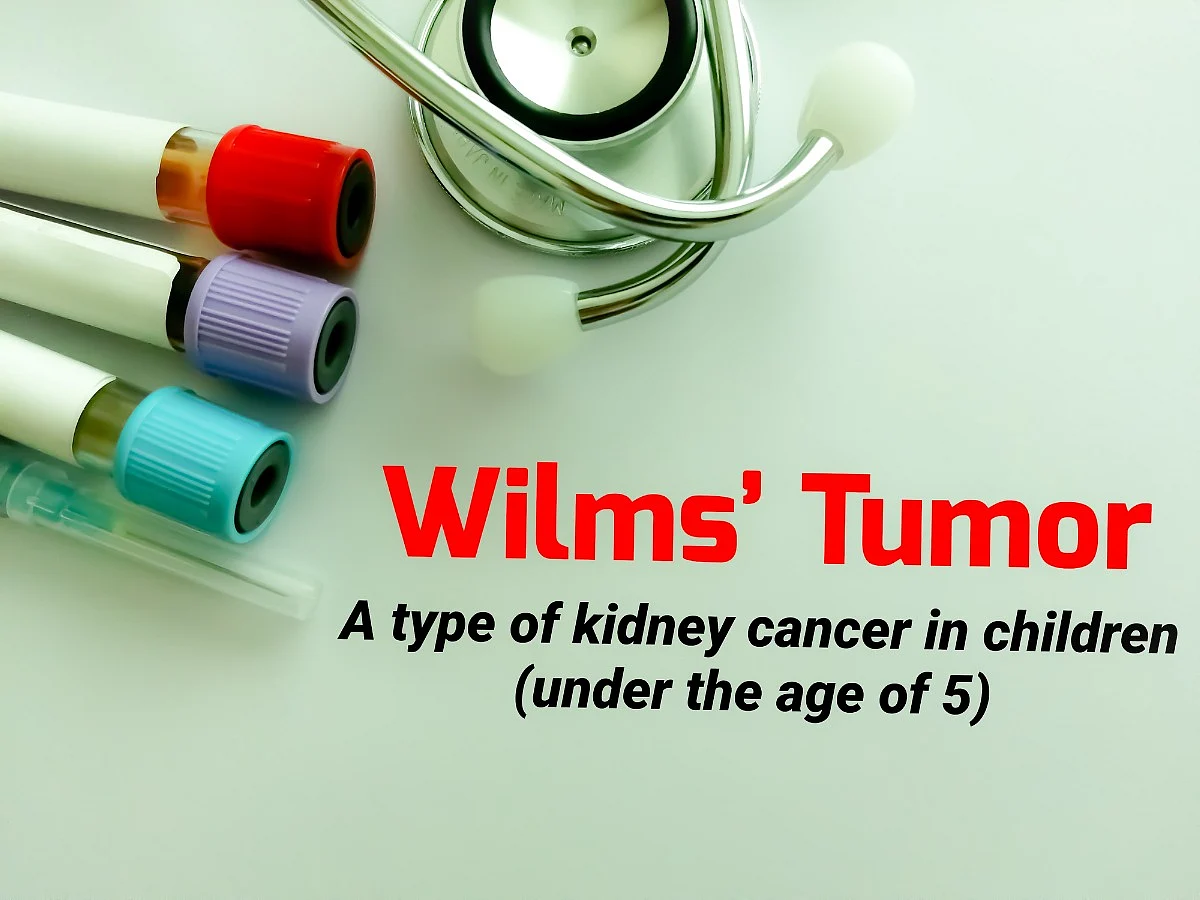World Kidney Day 2024: Know Symptoms, Diagnosis & Treatment Of Wilms' Tumor
Know the causes, symptoms, diagnosis, and treatment of Wilms' Tumor on World Kidney Day 2024

advertisement
The tumor arises in the kidney and most often appears in children, usually between the ages of two and four, and is very different from adult kidney cancers; cure rates are very high with early diagnosis. On the occasion of World Kidney Day, we will highlight the causes, symptoms, diagnosis and treatment for Wilms' tumor.
Wilms' tumor is one of the most prevalent malignant renal tumors in the pediatric age group. The disease usually requires a multimodal approach for the treatment, encompassing surgery, radiotherapy, and chemotherapy, which is significantly draining for the children and emotionally challenging for the parents. However, over the recent decades, there has been a remarkable transformation in the prognosis of this fatal disease, resulting in significantly improved survival rates.
Wilms’ Tumor: Common Causes & Symptoms
According to Dr Sohini Sengupta, Medical Laboratory Director at Redcliffe Labs, so far, Wilms' Tumor has no known cause, but researchers and medical professionals have found its significant association with certain syndromes and gene mutations.
Wilms tumors are usually diagnosed or detected when they start to cause symptoms like swelling or a large lump in the abdomen. Other symptoms may include fever, nausea, loss of appetite, shortness of breath, high blood pressure, constipation, and blood in the urine.
Wilms’ Tumor: Diagnosis
Screening is very important for children who have syndromes or birth defects known to be linked to Wilms tumors. If you observe any symptoms of the Wilms’ Tumor, such as abdominal swelling, blood in urine, and high blood pressure, you should not delay the diagnosis any further. With early diagnosis, you can take a step forward toward recovery.
For early diagnosis of conditions like Wilms' tumor, a combination of diagnostic tests is crucial:
Ultrasonography (USG):
Ultrasonography uses sound waves to create images of the kidneys and surrounding structures. It is often the initial imaging modality used to evaluate abdominal masses and identify kidney abnormalities, providing valuable information for further diagnostic workup.
Computed Tomography (CT) Scan:
CT scans provide detailed cross-sectional images of the abdomen and pelvis, allowing for a more precise assessment of renal masses and their characteristics. CT scans are useful for staging Wilms' tumor and evaluating potential spread to nearby structures.
Magnetic Resonance Imaging (MRI):
MRI is useful for more detailed information about the size, location, and extent of the tumor spread. In short, it is especially valuable for assessing tumor characteristics and planning surgical interventions.
Chest X-Ray/ CT Scan:
Chest x-rays/ CT scans may be done to look for any spread of Wilms tumor to the lungs, as well as to have a baseline view of the lungs to compare with other x-rays that might be done in the future.
Complete Blood Count (CBC):
This blood test assesses red blood cells, white blood cells, and platelets. An abnormal CBC may indicate underlying health issues, prompting further investigation.
Urine Analysis for Blood:
Examining urine for the presence of blood can indicate renal pathology. In the case of Wilms' tumor, blood in the urine may signify kidney involvement, prompting additional imaging studies for confirmation.
Biopsy for Staging: A biopsy involves obtaining a small tissue sample from the kidney for pathological examination. This procedure is essential for confirming the diagnosis of Wilms' tumor and determining the stage of the disease, guiding treatment decisions, and prognosis.
Wilms’ Tumor: Treatment
The common treatment options for Wilms’ Tumor include surgery, chemotherapy, and radiation therapy. However, the treatment options are recommended based on the type of tumor, stage, histology, and other factors. The treatment might vary depending on the medical condition of the infant also if there is any additional health issue along with Wilms Tumor.
The doctors suggest a combination of these tests, or they can be recommended individually based on the severity of the tumor and the personalized medical condition of the infant. The most important factors in determining a child’s outlook are the stage and histology of the tumor. Other factors, such as the child’s age and how well the tumor responds to treatment, also influence the overall survival rate.
(At The Quint, we question everything. Play an active role in shaping our journalism by becoming a member today.)